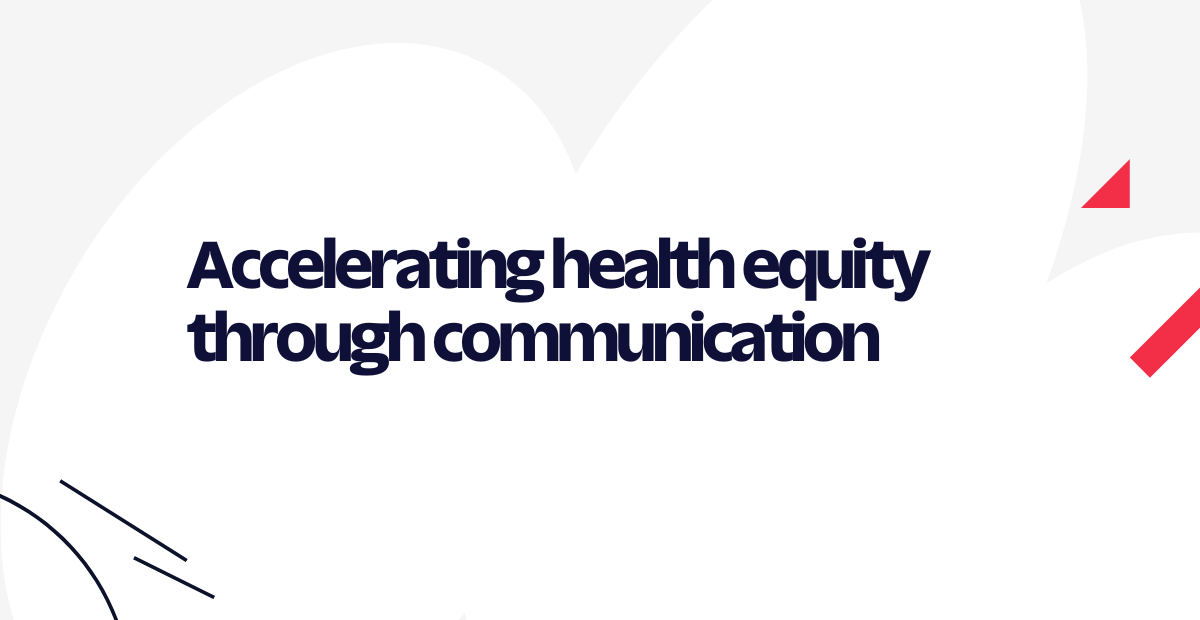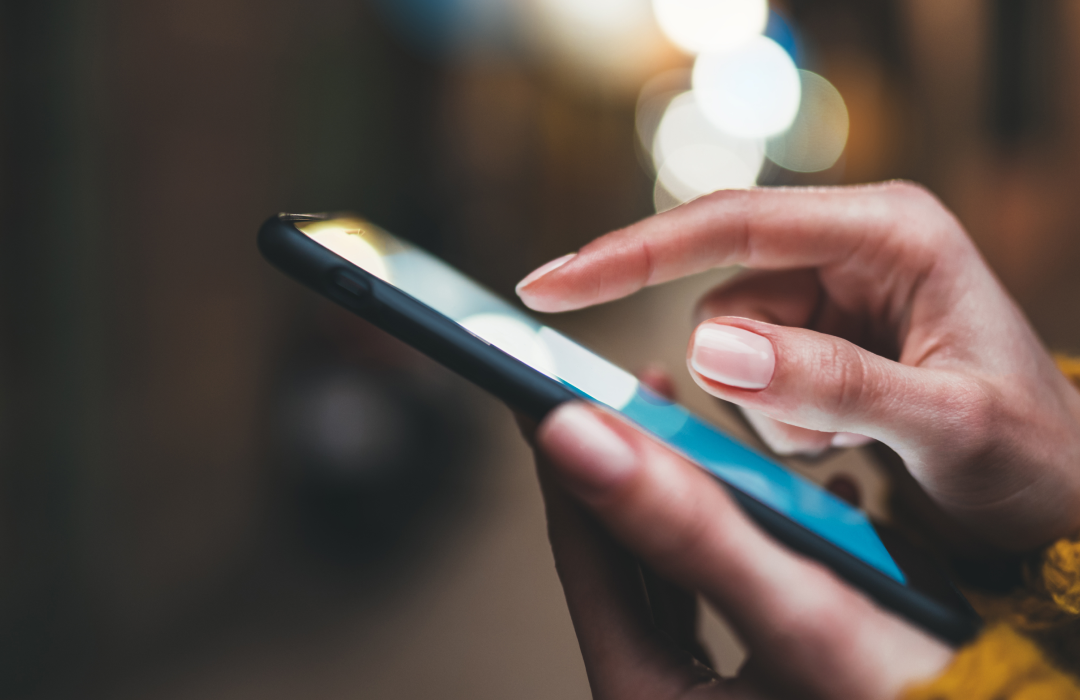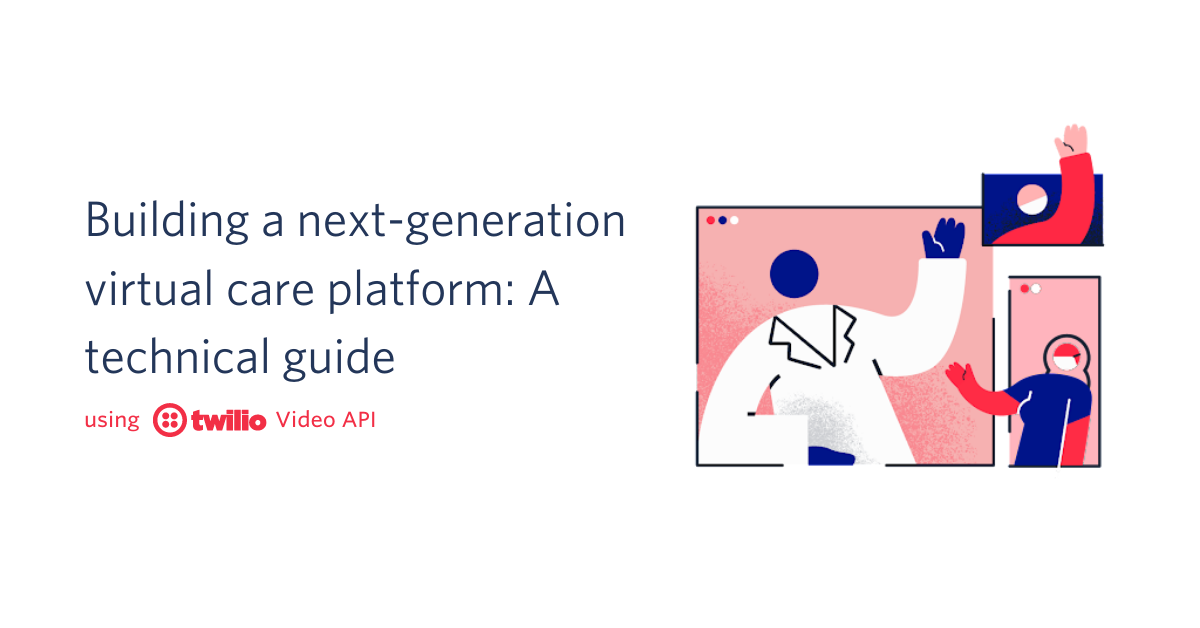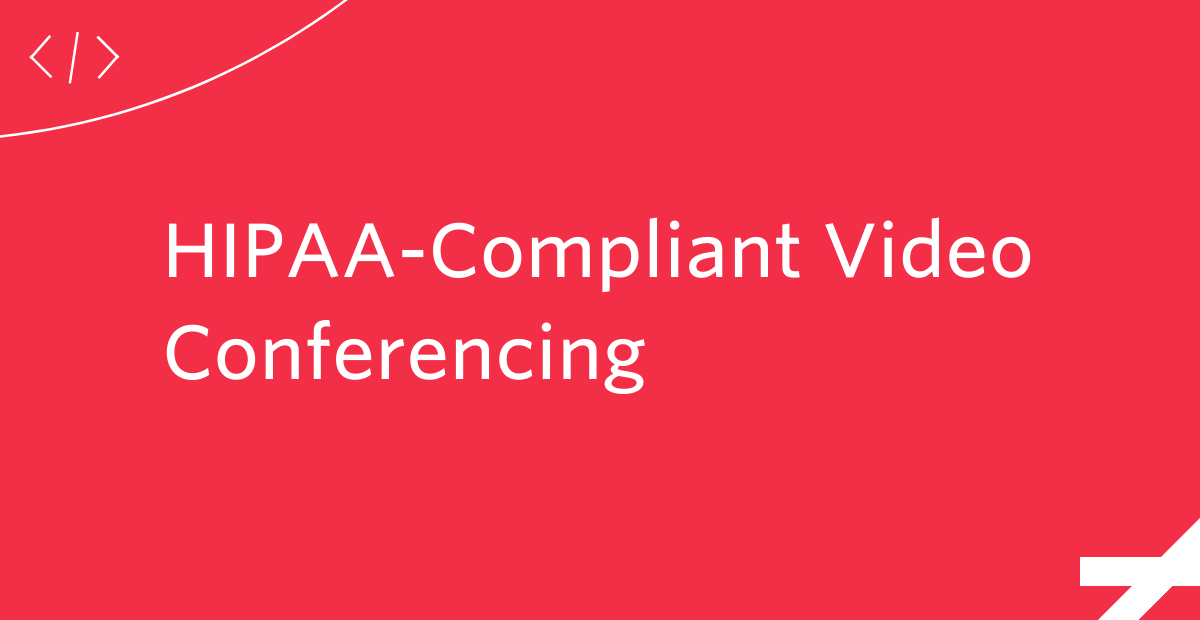Accelerating health equity through communication
Time to read: 4 minutes

Health equity has become a central part of how health organizations are shaping the future of care. According to the Robert Wood Johnson Foundation, “Health equity means that everyone has a fair and just opportunity to be as healthy as possible.”
For the healthcare industry, this definition of health equity can act as a guiding ethos and unifying goal. But in order to reach that goal, it’s important to understand the extent to which effective care must extend far beyond the walls of a hospital or medical office. In order to drive better outcomes, patients need access to resources when and where they encounter a need. We believe communication technologies are essential tool to identify, address, and continuously improve health inequities.
Content warning: This article includes discussion of recovery from alcohol addiction. We encourage discretion for those impacted by this issue.
Driving equitable outcomes through communication
Creating a health equity strategy that works requires organizations to deploy accessible solutions that reach people where they are, and that include the ability to measure results in the name of developing a more effective approach.
Learning about and adjusting for the challenges your users are facing positions you to deliver better, more accessible care solutions—and one of the best ways to learn about communities is through direct communication. Digital engagement allows you to bring information, resources, and access directly to the devices people are already using every day.
Communication channels like SMS, phone calls, video, and more can help you connect quickly and easily—and provide invaluable data that helps you personalize individual engagement and virtual care journeys based on users’ own feedback and behaviors. And most notably for tackling health equity, these channels aren’t just used by one type of person—they’re used across languages, borders, and communities, giving you the ability to reach more people than ever.
Read on for three examples of organizations who have used communications as an integral part of their equity-driven mission.
Deploying your strategy: Three examples of equity-driven communications
Nudge Unit + Mercy Health: Community-based engagement
After identifying disparities in COVID-19 vaccination rates in the Philadelphia area, the Nudge Unit partnered with Mercy Health to build an engagement platform that would help communities access care through communications.
Local churches and community centers were given a phone number their communities could text or call to be enrolled for vaccination appointments. The system would walk users through setting up an appointment while gathering key patient information. Once all the data was captured on the platform, the information was printed on a form that was kept at the clinic. All the patient had to do was show up at their selected time.
“Each of the clinics outperformed the goals that were set,” said Corporate Director of the Center for Healthcare Innovation at Penn Medicine, Mohan Balachandran. This simple strategy worked to improve a clear inequity because it accurately identified the resources needed, created an easily-accessible channel, and used communications to drive tangible results.
The Partnership to End Addiction: The power of nudges
The Partnership to End Addiction knows that every person’s journey to recovery for themselves and their loved ones is different, especially if they’re facing other health-impacting challenges—so they created a direct-engagement solution that adjusts to each participant's unique needs.
Without judgement, they ask participants in their SMS-based alcohol reduction program how many drinks a week they have now, how many they want to have, and how often they want to hear from the organization. Leveraging this data, the platform continuously alters messages and tests the responses for improvements.
In a pilot study, this alcohol messaging system significantly reduced heavy drinking and overall alcohol consumption compared to drink tracking. This shows that an intuitive, adaptable approach, rather than a prescriptive one, is key to equity-driven communication.
Icario: Leveraging data to improve experience
Icario Connect helps healthcare organizations survey, engage, and motivate users to take control of their own health via preferred communication channels. For example, a patient can indicate they have diabetes and select preferred contact methods, then be led through a virtual care journey that focuses on their unique risks and challenges.
This approach brings together behavioral research, data science, and a multi-channel platform to deliver personalized experiences at scale. “We're doing what retail is really good at, in the sense of engaging people.” Icario Chief Architect Chris Bjugstad said. “We're using a lot of the same tactics, demographic information, and machine learning, but we're doing it to motivate people to be healthier, and we’re using multiple communication channels to amplify the call to action.”
That kind of multi-channel intelligence empowers them to deliver the best virtual care journey for each unique user and connect them to care when they otherwise may have slipped through the cracks. With Icario Connect, they’ve been able to facilitate over 40 million calls between patients and healthcare organizations and improve answering machine detection and reliability by two times.
Build the solution your community needs
There are many ways to build with equity in mind: enabling multi-channel engagement options to reach wider demographics, leveraging the power of AI and first-party data, and launching new communication strategies for how we live today are just a few of the ways we’ve seen organizations step up to the plate.
When you launch an integrated communications platform built with health equity in mind, you have the opportunity to continuously engage and evolve as your community’s needs change. No matter the scope or areas of health equity you are trying to address, from mental health issues to accessibility concerns and beyond, we believe that building a custom communications solution can help you get there.
Related Posts
Related Resources
Twilio Docs
From APIs to SDKs to sample apps
API reference documentation, SDKs, helper libraries, quickstarts, and tutorials for your language and platform.
Resource Center
The latest ebooks, industry reports, and webinars
Learn from customer engagement experts to improve your own communication.
Ahoy
Twilio's developer community hub
Best practices, code samples, and inspiration to build communications and digital engagement experiences.


